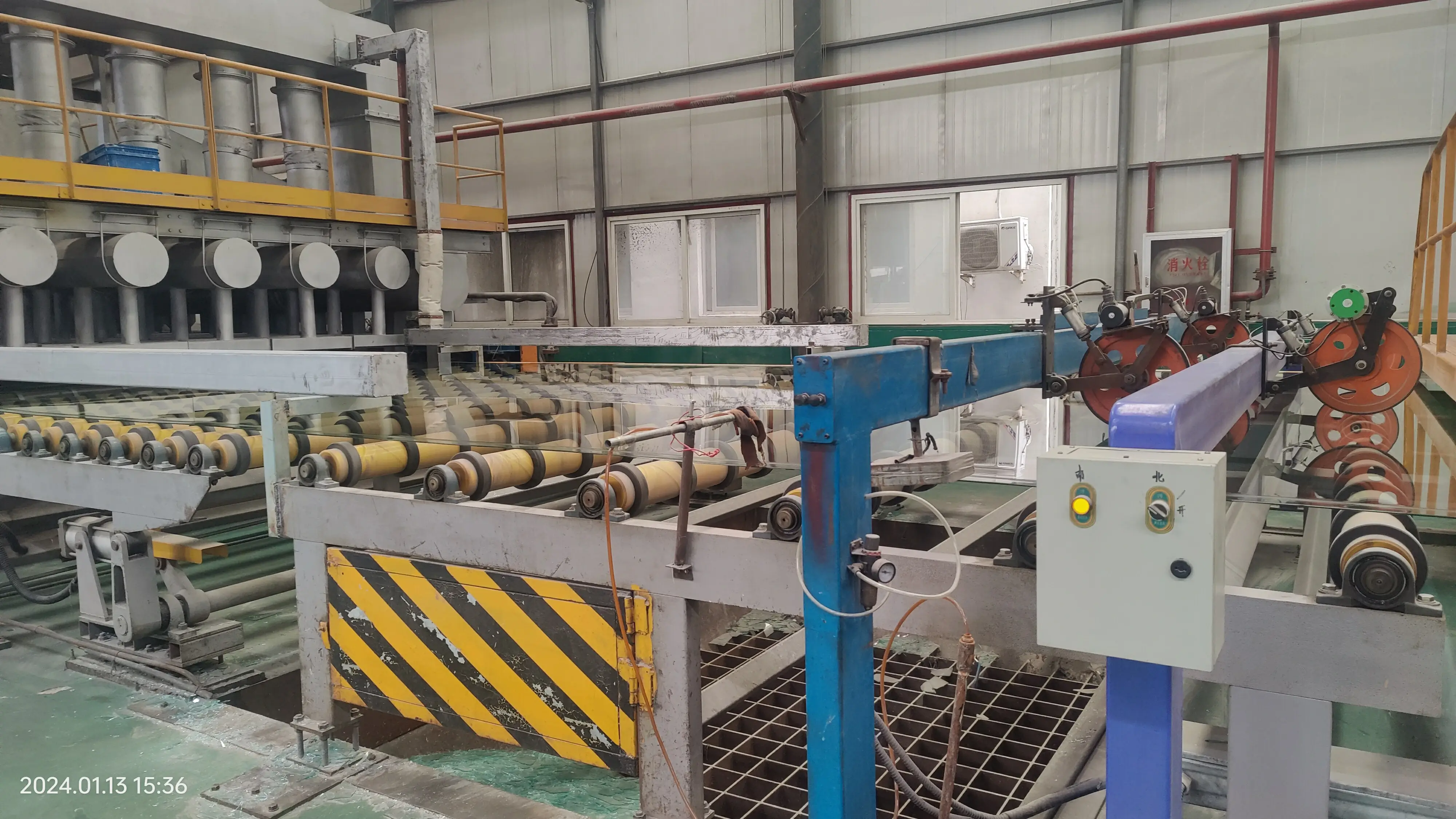

The Allure of Colored Float Glass An Artistic and Functional Material
Colored float glass has emerged as a distinguished material in both architectural and artistic contexts, captivating designers and architects with its aesthetic charm and functional versatility. This innovative glass type is manufactured by floating molten glass on a bed of molten tin, resulting in a smooth, flat surface. The process allows for the addition of colored compounds, transforming ordinary glass into a vibrant medium rich in hue and texture.
One of the most significant advantages of colored float glass is its versatility. It is available in a wide range of colors, from soft pastels to vivid shades, making it suitable for various applications. In architectural design, colored float glass can be used for windows, facades, and partitions, allowing builders to experiment with light and color. Depending on the angle of sunlight and time of day, the glass can drastically change the ambiance of a space, creating a dynamic interplay between interior and exterior environments.
In addition to its aesthetic appeal, colored float glass also serves practical purposes. It can enhance privacy while allowing natural light to penetrate, making it an ideal choice for residential and commercial buildings. The tinted nature of the glass helps reduce glare and heat gain, contributing to energy efficiency in modern architecture. Furthermore, colored float glass is generally more robust than uncolored glass, thanks to the inclusion of pigments during the manufacturing process, making it a durable option for high-traffic areas.

Beyond its practical uses, colored float glass has found its way into the world of art. Artists and designers are increasingly incorporating this material into sculptures, installations, and stained glass work. Its translucence and color depth can evoke emotions and convey messages, allowing artists to push the boundaries of creativity. The marriage of light with color creates an enchanting visual effect, capturing the viewer's attention and inspiring awe.
The future of colored float glass looks promising as advancements in technology continue to evolve. Sustainable practices and eco-friendly materials are becoming a priority in glass manufacturing. The development of solar control glasses and smart glass that can change color based on temperature or light exposure illustrates the innovative potential of this versatile material.
In conclusion, colored float glass is not merely a functional material; it is a canvas for creativity and innovation. Its ability to blend form and function makes it an essential element in contemporary architecture and art. As we embrace a future where sustainability and aesthetics go hand in hand, colored float glass will undoubtedly remain a beloved choice for designers and architects alike.